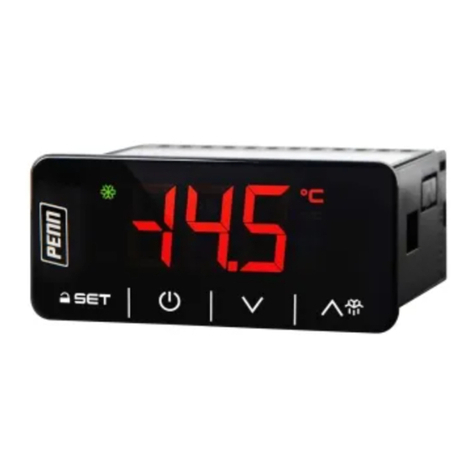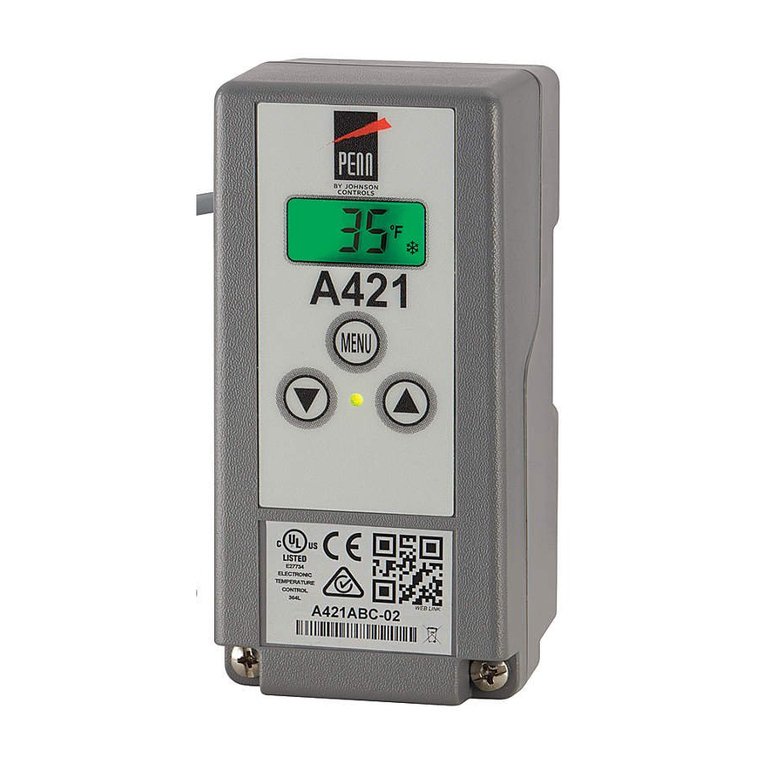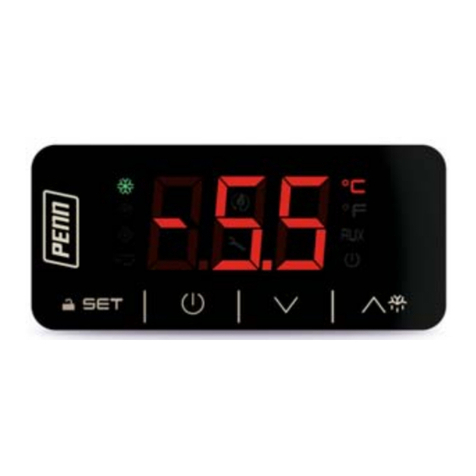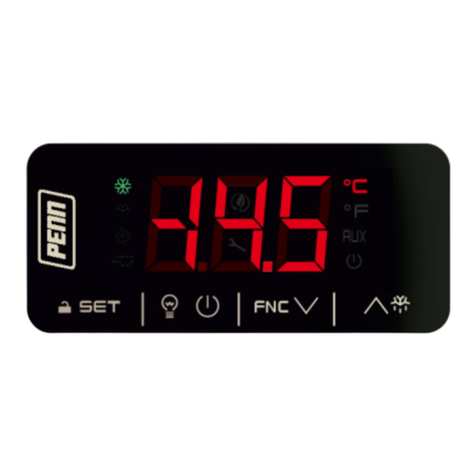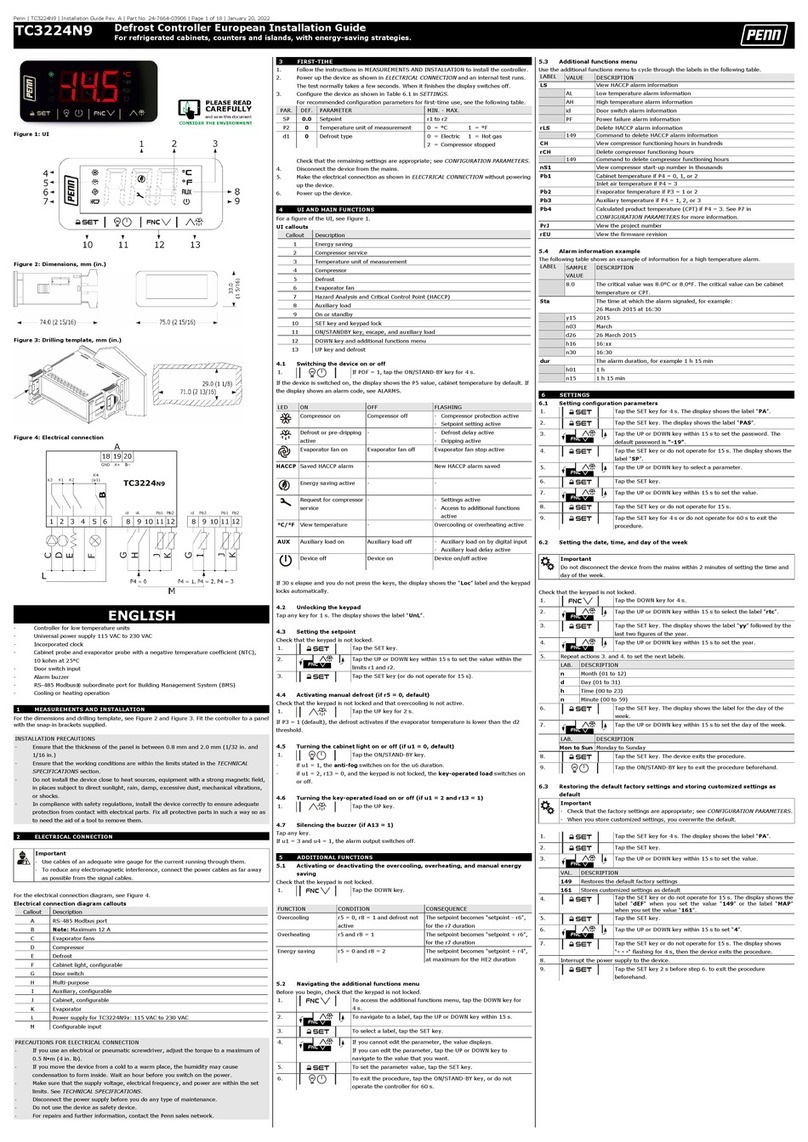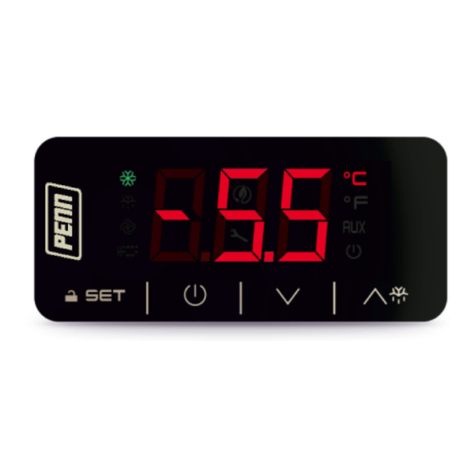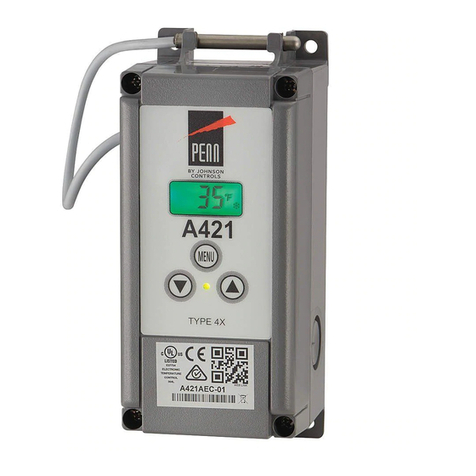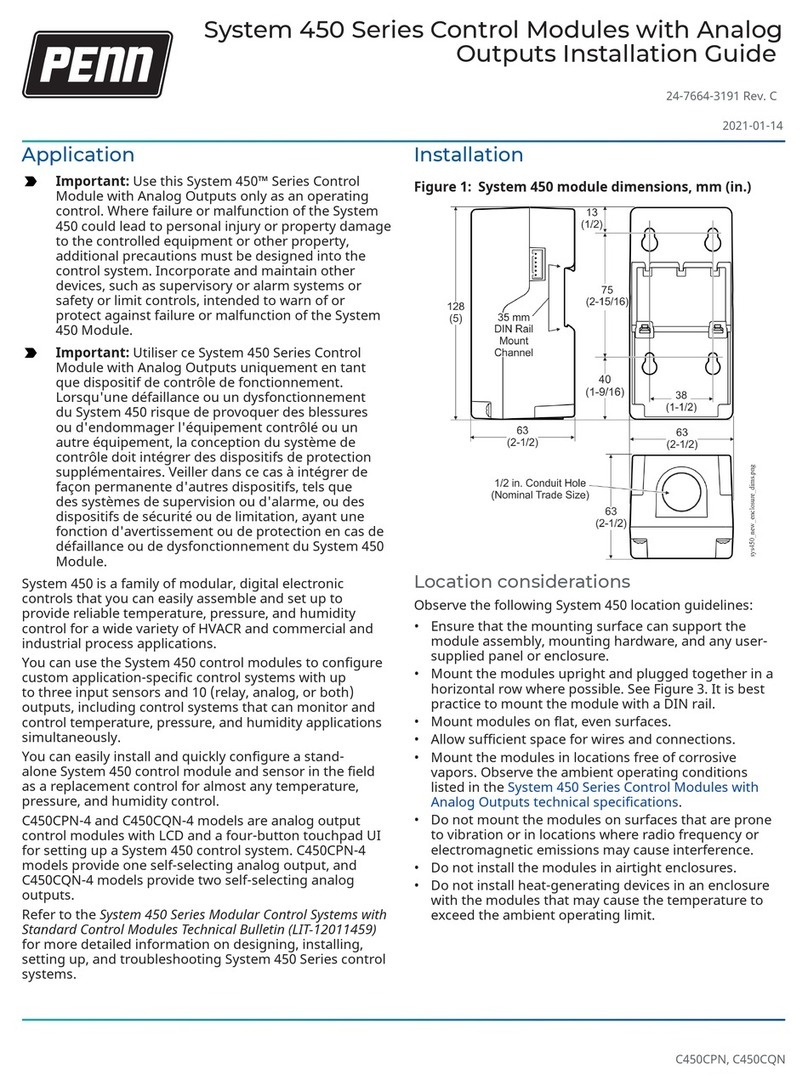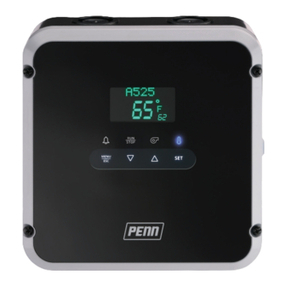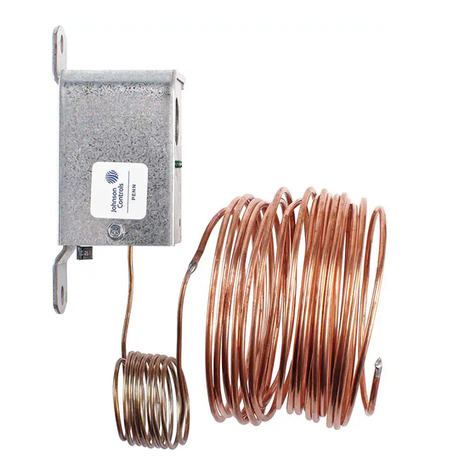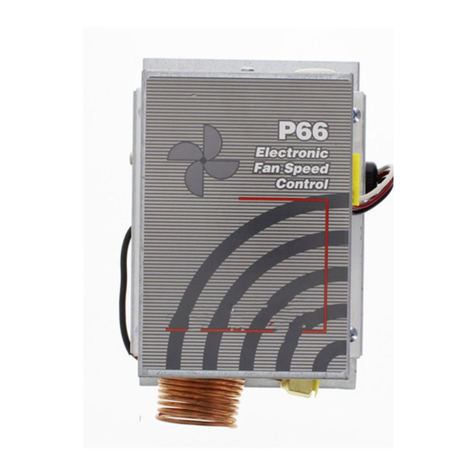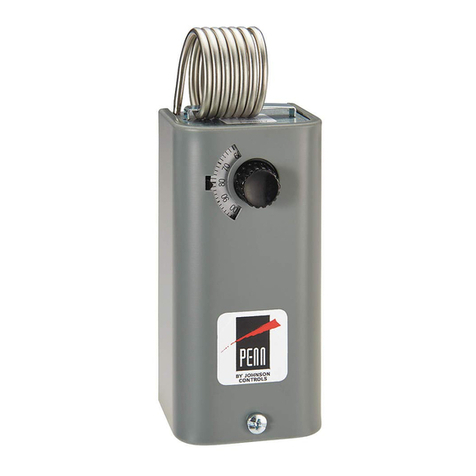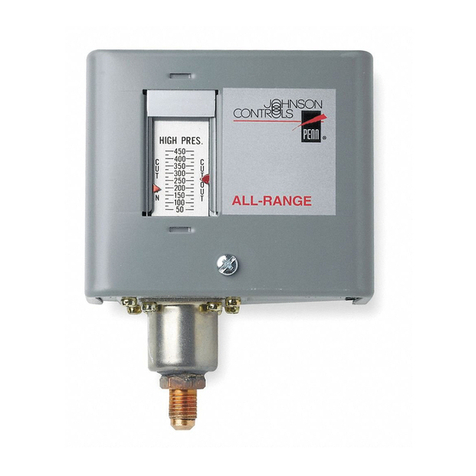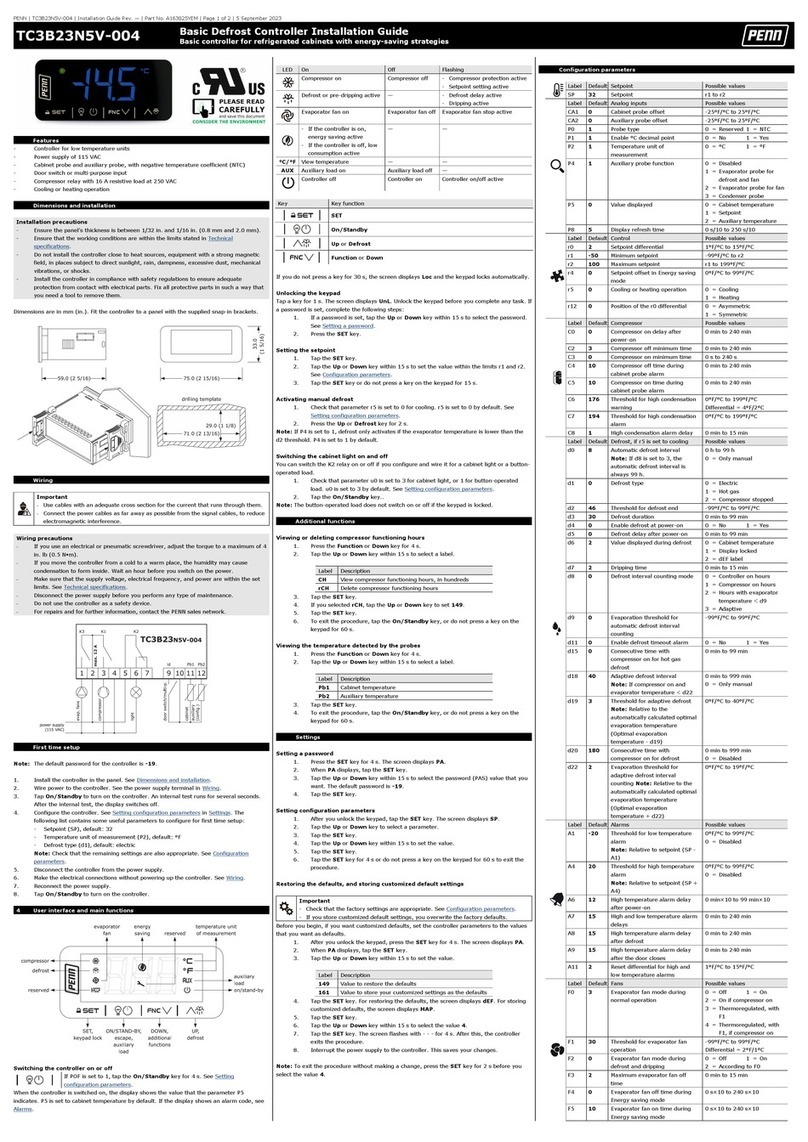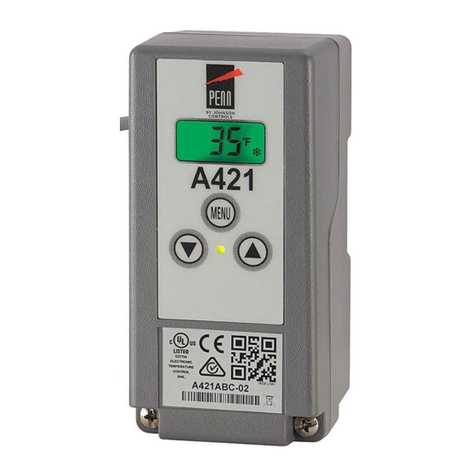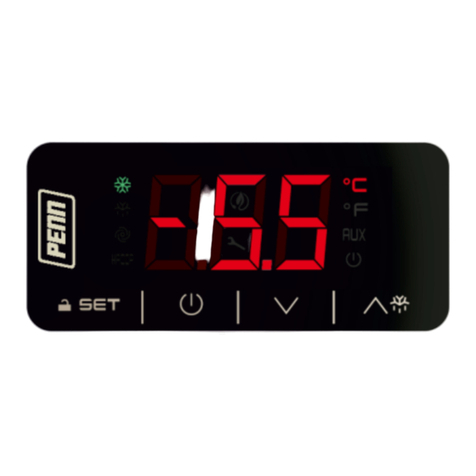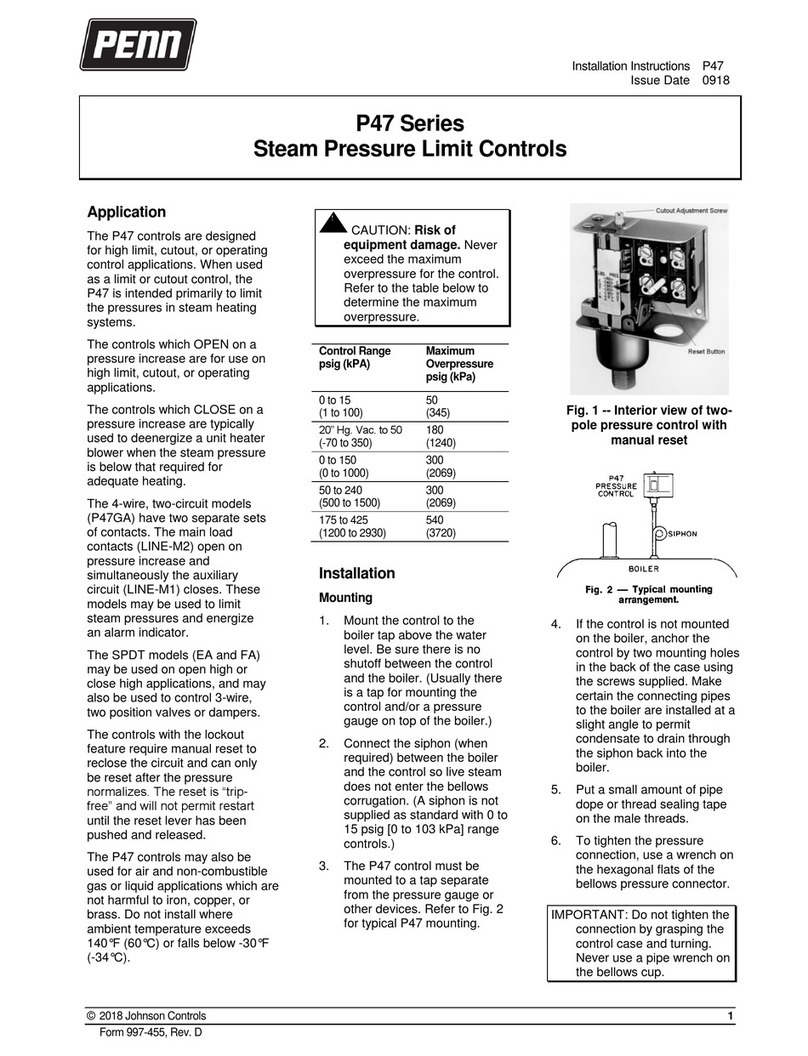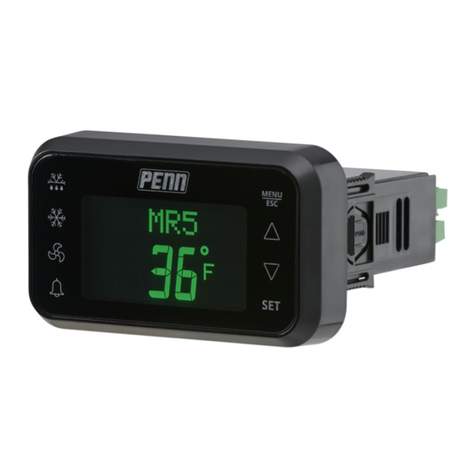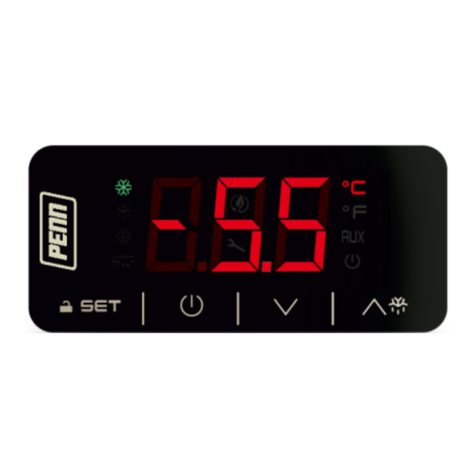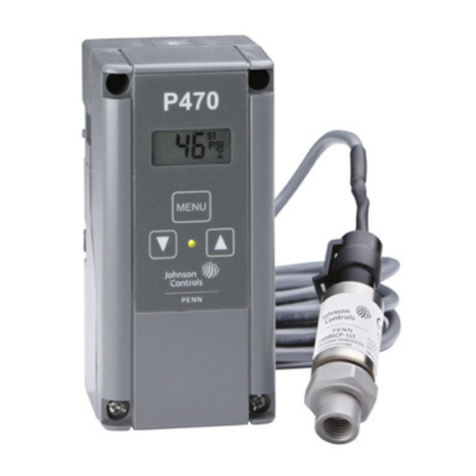
A525 Fermentation Tank Controller Installation
Guide
Application
Important: Use the A525 Fermentation Tank
Controller only as an operating control. Where
failure or malfunction of the A525 Controller could
lead to personal injury or property damage to the
controlled equipment or other property, additional
precautions must be designed into the control
system. Incorporate and maintain other devices,
such as supervisory or alarm systems or safety or
limit controls, intended to warn of or protect against
failure or malfunction of the A525 Controller.
Important: Utiliser ce A525 Fermentation Tank
Controller uniquement en tant que dispositif de
contrôle de fonctionnement. Lorsqu'une défaillance
ou un dysfonctionnement du A525 Régulateur risque
de provoquer des blessures ou d'endommager
l'équipement contrôlé ou un autre équipement, la
conception du système de contrôle doit intégrer des
dispositifs de protection supplémentaires. Veiller
dans ce cas à intégrer de façon permanente d'autres
dispositifs, tels que des systèmes de supervision
ou d'alarme, ou des dispositifs de sécurité ou de
limitation, ayant une fonction d'avertissement
ou de protection en cas de défaillance ou de
dysfonctionnement du A525 Régulateur.
The A525 Series Electronic Fermentation Tank Controller
controls fermentation tanks that process wine and other
fermented beverages. The controller maintains the
temperature level, the pump-over, and the oxygen and
carbon dioxide supplies that maintain the appropriate
fermentation environment in the fermentation tank. The
controller uses five relays to control the following features:
• Cooling
• User-provided alarms
• Pump-over
• Air supply valve (ASV)
• Heating
Refer to the A525 Series Electronic Fermentation
Tank Controller Technical Bulletin (LIT-12013007) for
more information about setting up, operating, and
troubleshooting the A525 Fermentation Controller.
Parts included
The A525 Fermentation Controller uses the TE-631AP-1
temperature sensor. For more information about
installation procedures and technical specifications for
the TE-631AP-1, see Sensor wiring, Table 7, and refer to
the TE-6300 Series Temperature Sensors Product Bulletin
(LIT-216320).
The controller includes an IP65 enclosure with holes in
the enclosure base for wall and surface mounting. You
can order an optional DIN rail mounting kit (part no.
BKT524-1K).
Dimensions
The following figure shows the dimensions of the A525
Fermentation Controller.
Figure 1: A525 Fermentation Controller with IP65
enclosure dimensions, mm (in.)
Mounting the A525 Fermentation
Controller
The following guidelines outline the best practices for
mounting the controller. See Figure 2, Table 1, and
Mounting the controller on a wall or flat surface for more
information.
Mounting guidelines
Observe the following location and mounting guidelines
for the A525 Fermentation Controller:
• Mount the controller on a flat surface.
• Ensure that the mounting surface can support the
controller assembly, mounting hardware, and any user-
supplied panel or enclosure.
• Ensure that the controller is in the proper orientation
for easy wiring, set up, and viewing.
• Allow enough space to connect and route wires, view
the LCD, and use the touchpad.
• Identify the appropriate mounting hardware.
• Mount the controller in locations free of corrosive
vapors. Observe the ambient operating conditions
listed in the A525 Series Electronic Fermentation
Tank Controller technical specifications for both the
A525 Fermentation Controller and the TE-631-AP-1
temperature sensor.
Part No. 24-07664-03426 Rev. C
2019-06-07
